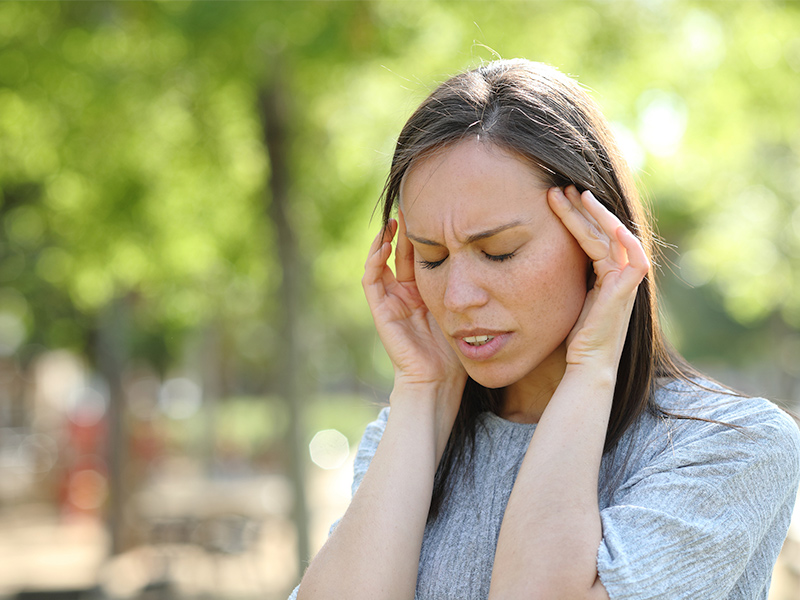What are cluster headaches and how can they be managed?
Cluster headaches are extremely painful and can take up to eight years to diagnose, according to new research. So what are they, exactly?
Cluster headaches can bring excruciating pain for hours at a time.
But a 2022 study by the Department of Neurology at Melbourne’s The Alfred hospital has found people often live with cluster headaches for years before they get diagnosed and start treatment.
So, what are cluster headaches?
Cluster headaches are particularly severe headaches that are rarer than migraines, affect less than one in 1000 Australians, and have no known cause.
The condition gets its name because the headaches occur in bouts of frequent attacks, known as “clusters”.
Study author and neurologist Dr Jason Ray says men are three times more likely to be affected than women.
“A person with a cluster headache has attacks of severe pain on one side of their head that last from 15 minutes to three hours, up to eight times a day,” Dr Ray, of the Alfred and Austin hospitals, says.
“A bout of cluster headache typically lasts for several weeks; however, it can continue for several months to years for some patients.”
Monash Medical Centre headache neurologist Dr Michael Eller adds: “Cluster headaches have a huge cost to quality of life, and impact on the texture of the sufferer’s day and emotional wellbeing.”
- Migraines 101: Why they are more than just a headache
What are the symptoms of cluster headaches?
Attacks tend to happen in the middle of the night or the early hours of the morning, waking people from sleep, Dr Eller says.
“The attack is usually a deep, intensive pain around or behind the eye or temple; symptoms can include swelling around the eye, a runny nose, red eyes, and tearing and feeling of fullness around the sinuses,” Dr Eller says.
“Patients tend to be agitated during a cluster headache, in contrast to migraines where they just want to lie down and be still.”
Studies have found triggers can include alcohol, particularly red wine; food containing nitrates, such as cured meat; strong odours, such as petroleum; seasonality; and certain medications, such as nitroglycerin for chest pain.
- Give it up: 12 reasons to take a break from alcohol
Diagnosing and treating cluster headaches
Fortunately, cluster headaches aren’t life threatening.
While they can’t be cured, they can be managed with medications to prevent attacks and acute treatments to rapidly relieve pain.
Dr Ray says despite treatments being available, delays in diagnosis are common as the condition can be confused with other types of headache such as migraine.
“There are effective treatments out there, so it’s important to seek help from your general practitioner or a neurologist and no longer suffer in silence,” Dr Ray says.
Commonly used treatments for acute attacks also include high-flow oxygen inhalation via a face mask and triptans, a class of headache medication.
“In terms of preventative therapy, for most people, a medicine called verapamil can reduce the number of attacks over time,” he says.
“Verapamil also works as a blood pressure medication, so your doctor will regularly check this while you continue on this treatment.
“The steroid prednisolone can help while the preventative medicine verapamil is kicking in.”
There is some good news.
Headache attacks can become infrequent and/or less severe with treatment or by themselves, and sometimes people can be free of them for several years.
Cluster headache frequency also tends to decrease in older age.
Written by Liz McGrath.





